Date opened 1969 Date closed 1992 | Opened 1969 | |
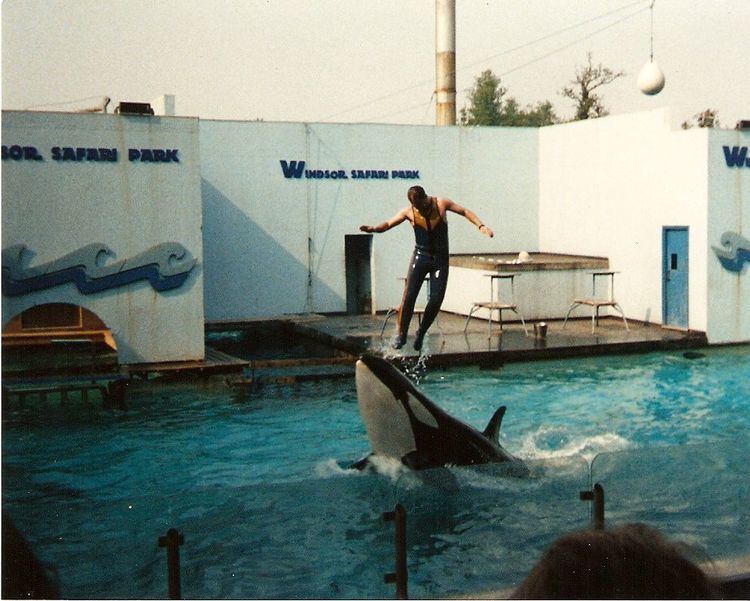 | ||
Similar Southport Zoo, Belle Vue Zoological Gardens, Calderglen Country Park, Legoland Windsor Resort, Royal Surrey Gardens | ||
Windsor safari park a tribute
Windsor Safari Park was a popular family attraction built on St. Leonards Hill on the outskirts of the town of Windsor in Berkshire, England; it has since been converted into the site of Legoland Windsor. Billed as "The African Adventure", the park included drive-through animal enclosures, aviaries, a dolphinarium and minor theme park rides.
Contents
- Windsor safari park a tribute
- Winnie the orca performing at windsor safari park
- History
- Receivership
- In film and television
- References
Carol Vorderman, former presenter of Countdown worked in the gift shop for a period in the mid 1970s
The park's drive-through enclosures featured lions, tigers, bears, cheetahs and baboons. In addition, the park had a Serengeti zone (featuring camels, llamas, giraffes, zebras and buffalo), an elephant enclosure, a hippo lake, chimpanzees, birds of prey, parrots and butterflies.
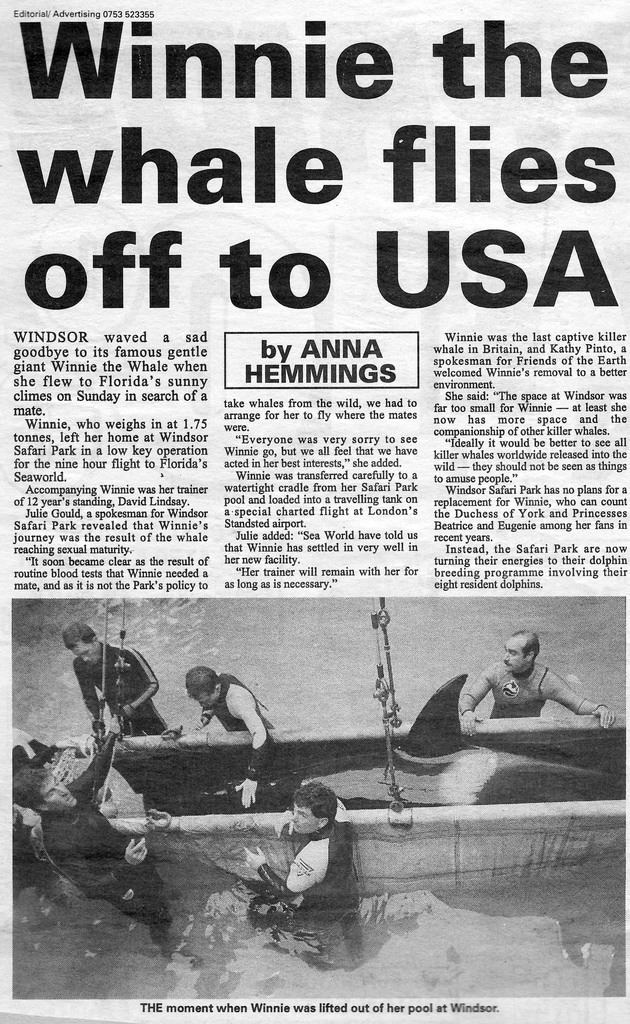
Winnie the orca performing at windsor safari park
History
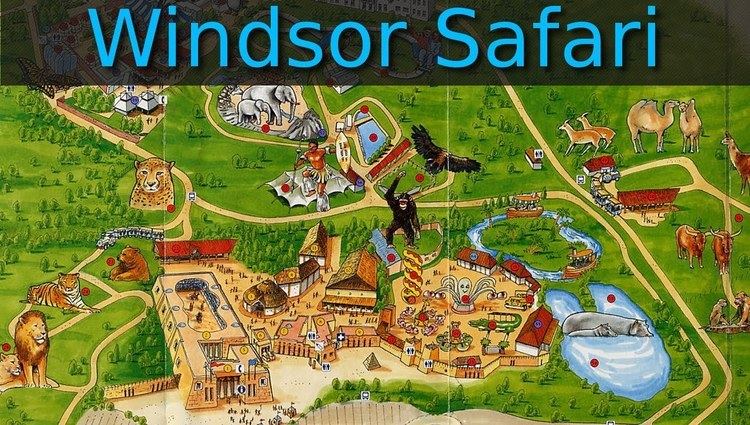
Billy Smart Sr. bought the St.Leonard's Estate in the mid 1960s. After his death, the Royal Windsor Safari Park was founded in 1969 by his sons, the Smart brothers: Billy Smart, Jr., David Smart and Ronald Smart. Built on St Leonards Hill in Windsor in Berkshire, England, the 144 ac estate of rolling parkland and known as the St Leonards Estate included a 110-room country house owned by the American Horace Elgin Dodge Jr of Dodge Motor Cars and occupied by the Kennedy Family during World War II, when JFK's father was US ambassador to the UK.
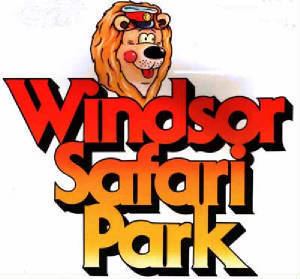
A key attraction at Windsor Safari Park was Seaworld, a dolphinarium complex housing dolphins, a killer whale, penguins and sea lions, performing acrobatic displays for members of the public.
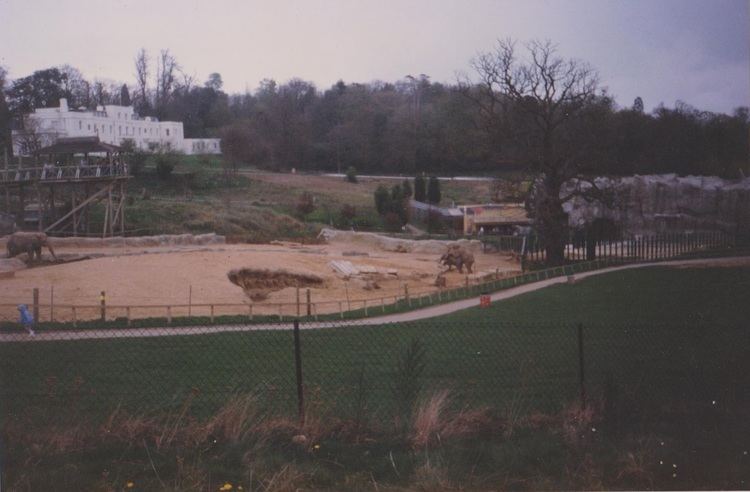
Windsor Safari Park was proactive in dolphin research and conservation, employing many wildlife experts and academics. Research efforts included the development of a fishing net warning system for dolphins and the Dolphin Research Project aimed to raise funds for other research on sonar communication and behaviour.
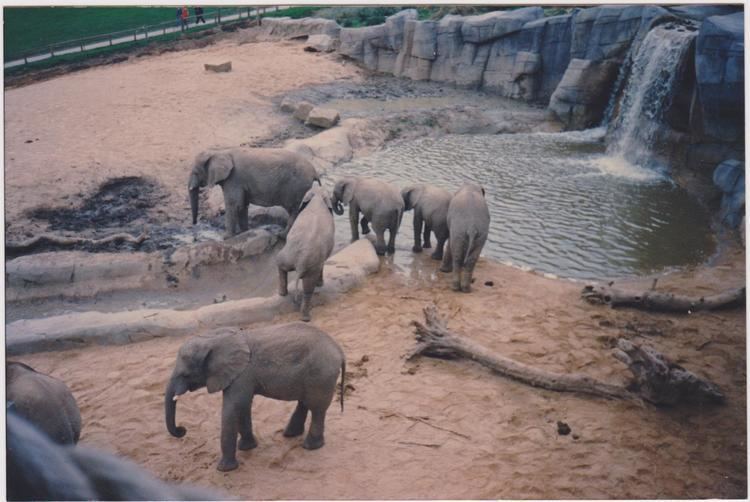
The Safari Park owed its success in part to the natural roaming habitats that had been created for lions, tigers, cheetahs and baboons. A Serengeti zone was also added (featuring camels, llamas, giraffes, zebras and buffalo), an elephant enclosure, a hippo lake, and a monkey jungle.
The Safari Park attracted up to 2.5 million visitors per annum, from when it opened. It grew significantly throughout the 1970s and 1980s and was eventually sold to Themes International in 1988. The new owners planned to develop an African-themed park introducing themed eateries and games and attractions such as the African Queen Riverboat Ride.
Receivership
Themes International invested £11m developing the business but, after nine years, ran into financial difficulties. The Windsor business, in particular, had experienced dwindling visitor numbers, and the situation was exacerbated by the recession and the cost of building an expensive new Egyptian-themed entrance courtyard and similarly themed market streets.
Themes International and the Safari Park entered receivership in January 1992, with debts of £40m and closed shortly afterwards; the expensive new developments were left largely unused.
The park was purchased soon afterwards by the Lego Group, whose ambition was to create a Legoland theme park similar to the existing Legoland in Billund, Denmark. The resulting Legoland Windsor opened in 1996.
The dolphins were relocated to Dolfinarium Harderwijk in the Netherlands.
The only attraction that remains from the Safari Park days (aside from the mansion) is the 3 ft 6 in (1,067 mm) funicular railway, now known as the Hill Train, which links The Beginning area of the park and Land Of The Vikings.
